Rearview cameras have been around longer than you think
Today marks five years to the day since backup cameras became mandatory, so we decided to republish this story, which originally ran on this site two years ago. Enjoy! —Ed.
While we always enjoy gazing in rearview at automotive history, today we’re doing so in a more literal sense. Backup cameras, which are also referred to as reverse cameras and rearview cameras, have been a required safety feature in all new American-made cars since May 1, 2018. That means the technology is relatively new, right? Wrong. It’s been around for decades.
The 1956 Buick Centurion concept car, unveiled at the General Motors Motorama in January 1956, was the first vehicle to feature a reverse camera that allowed its driver to see behind the car without having to physically turn around and look backward. Designers were so confident in the rearview camera that there were no mirrors on the car. The Centurion also featured a bubble roof and cockpit, offering unobstructed views all around.
The shapely concept car’s backup system was bulkier and more conspicuous than modern versions—a large TV camera lens was mounted in the Centurion’s rear and a screen was located on its dash—but the setup was definitely cutting-edge technology. Except that it didn’t catch on for years, not even at Buick.
It wasn’t until 1991, when a backup camera was mounted on the rear spoiler of the Japanese-market-only Toyota Soarer coupe, that a production car came equipped with the rearview feature. It took another 11 years before a vehicle with backup tech was available in the U.S., and that car—the 2002 Infiniti Q45 sedan—also came from a Japanese automaker. The Q45’s optional backup system, called a Rear-View Monitor, featured a small camera located near the rear license plate, and the image on a dashboard screen included guidance lines to help the driver park.
Beyond providing parking assistance, backup cameras have also saved lives. According to the National Highway Traffic Safety Administration (NHTSA), more than 200 people are killed annually in accidents that occur while the driver is backing up and cannot see behind the vehicle. Cameras have the ability to see the blind spots that traditional rearview mirrors cannot.
Even without the federal mandate, some manufacturers—Acura, Buick, Honda, and Infiniti—were already making them standard as early as 2015. Ford, Nissan, and Toyota soon followed, also prior to the 2018 deadline.
These days, some modern reverse systems also provide audible warnings and even automatic braking if the car that is reversing is in the path of other vehicles or objects—even if they’re moving, like pedestrians or bicycles. The combination of all three technological advances has proven to be most effective.

According to Carfax, a 2019 study by the Insurance Institute for Highway Safety (IIHS) concluded that while “rear cameras alone reduced collision rates by only 5 percent, combining a camera with rear parking sensors reduced the backup collision rate by 42 percent, and adding automatic rear braking to the camera and parking sensors lowered the collision rate by 78 percent.”
In hindsight, it seems the 1956 Centurion’s innovative backup system was looking forward all along.
***
Check out the Hagerty Media homepage so you don’t miss a single story, or better yet, bookmark it. To get our best stories delivered right to your inbox, subscribe to our newsletters.

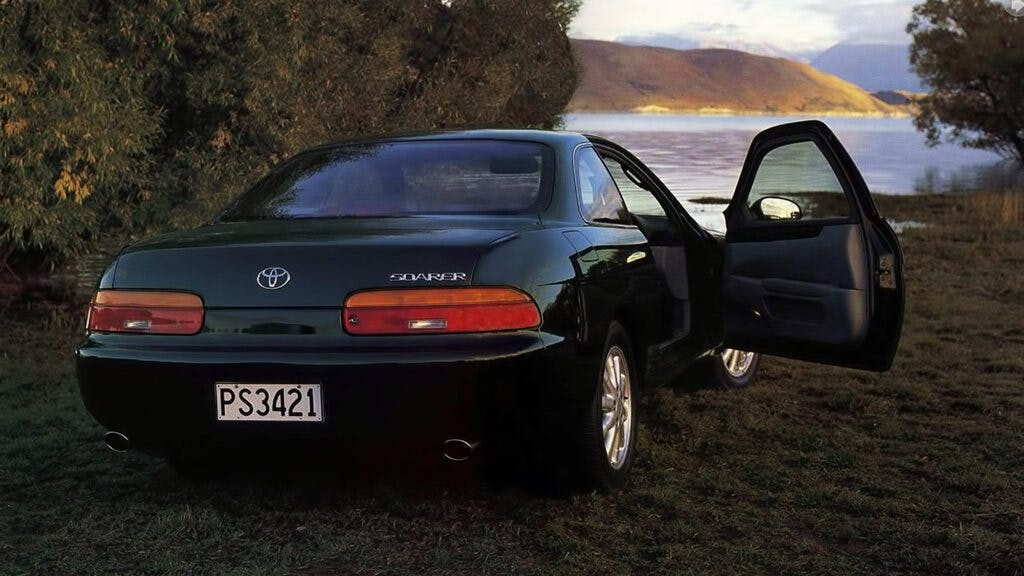
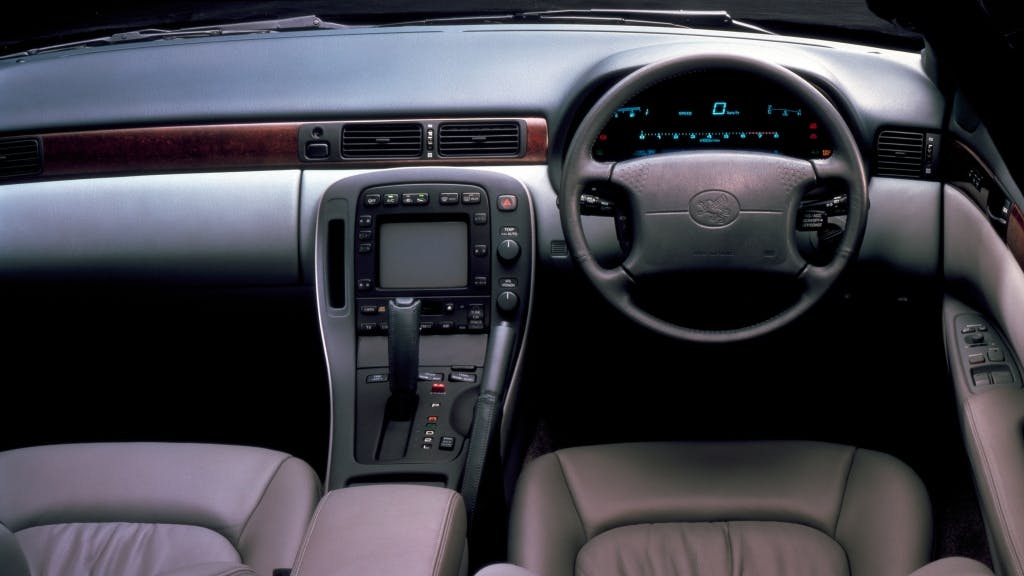
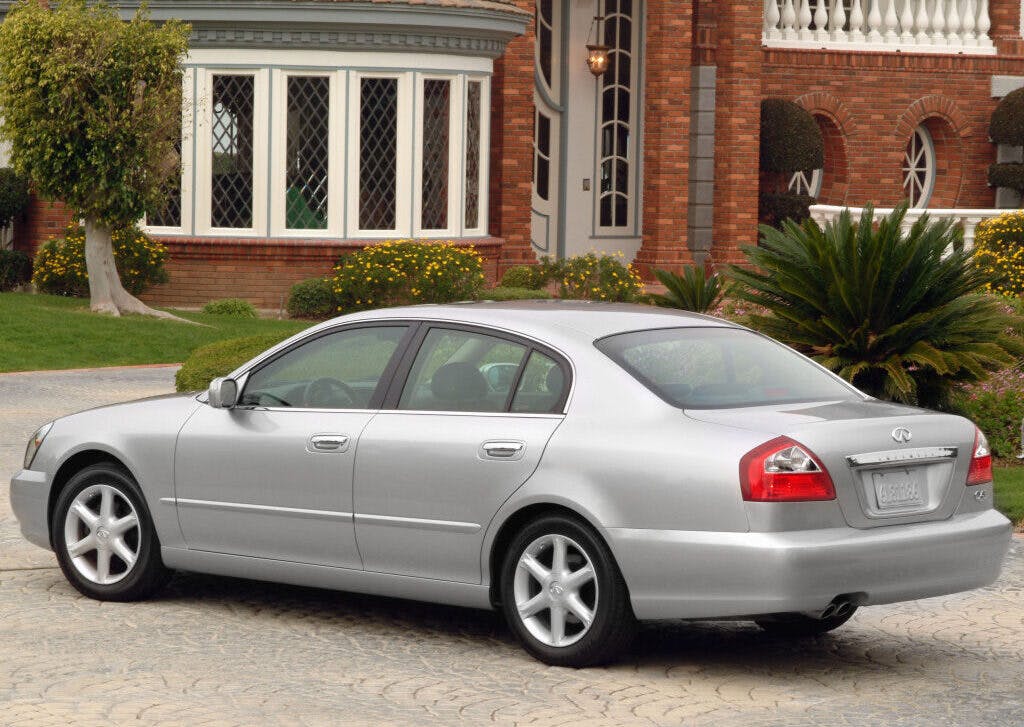
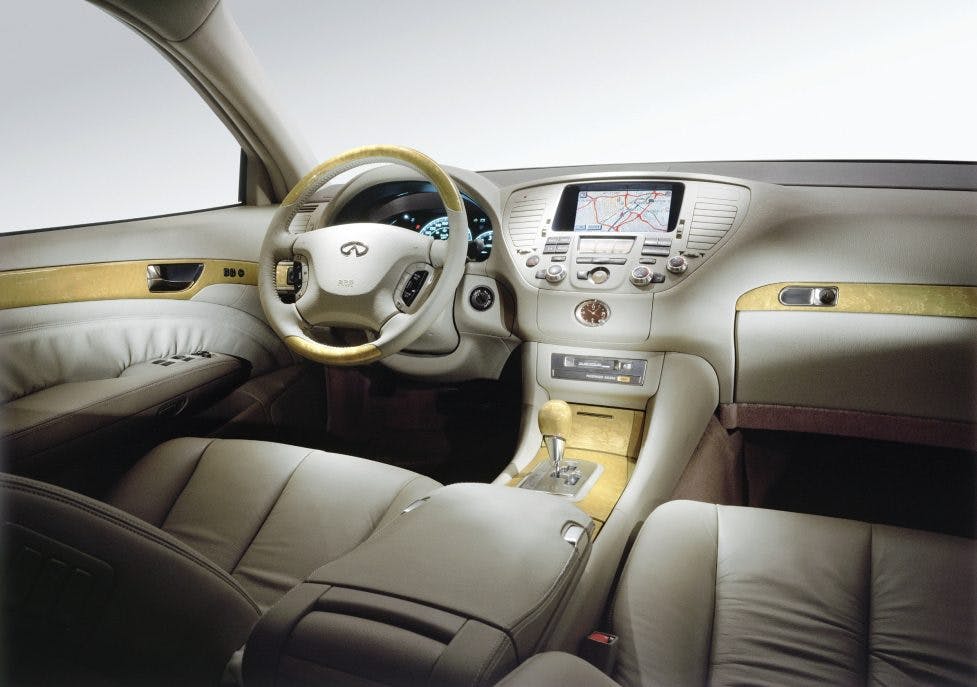
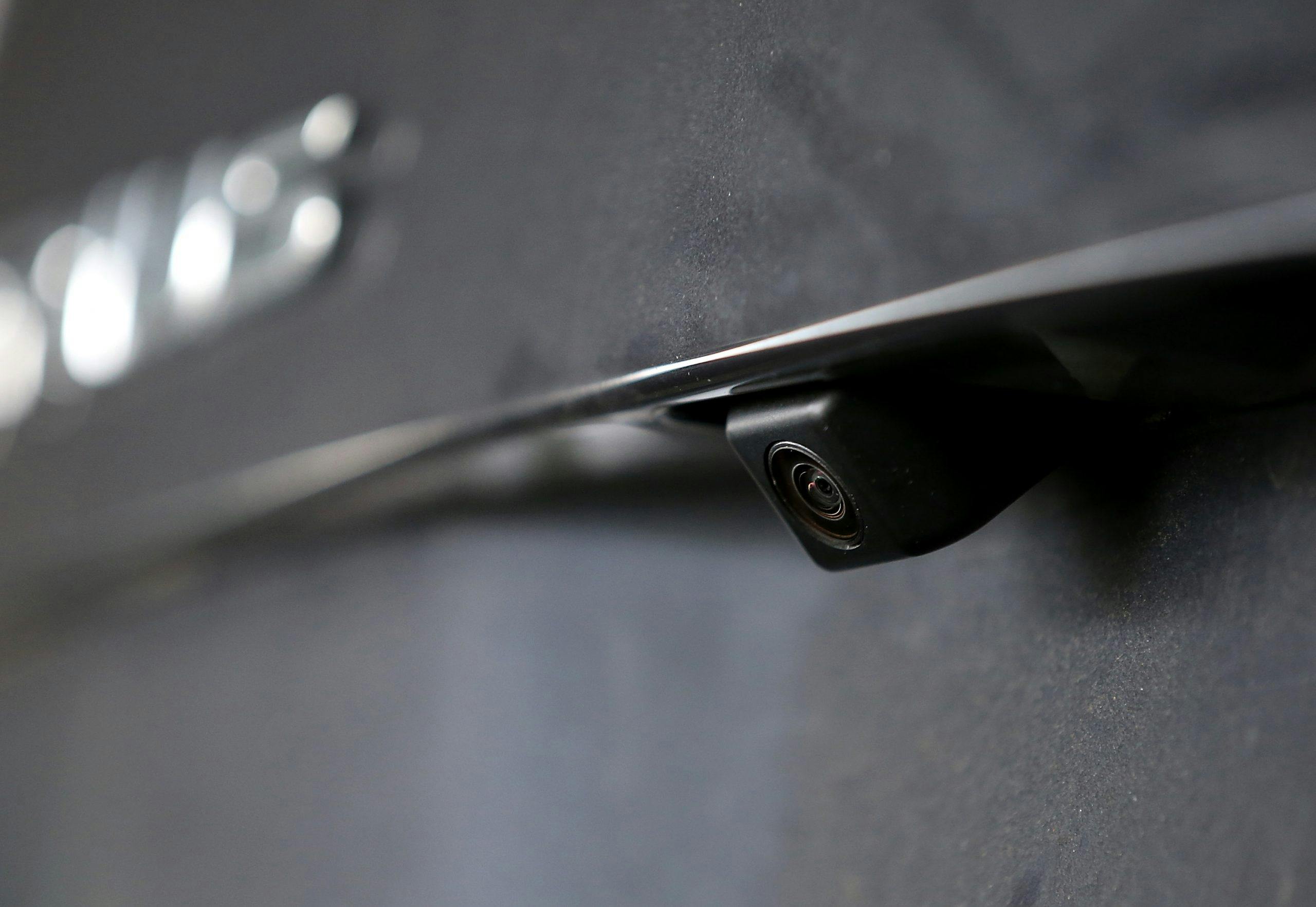
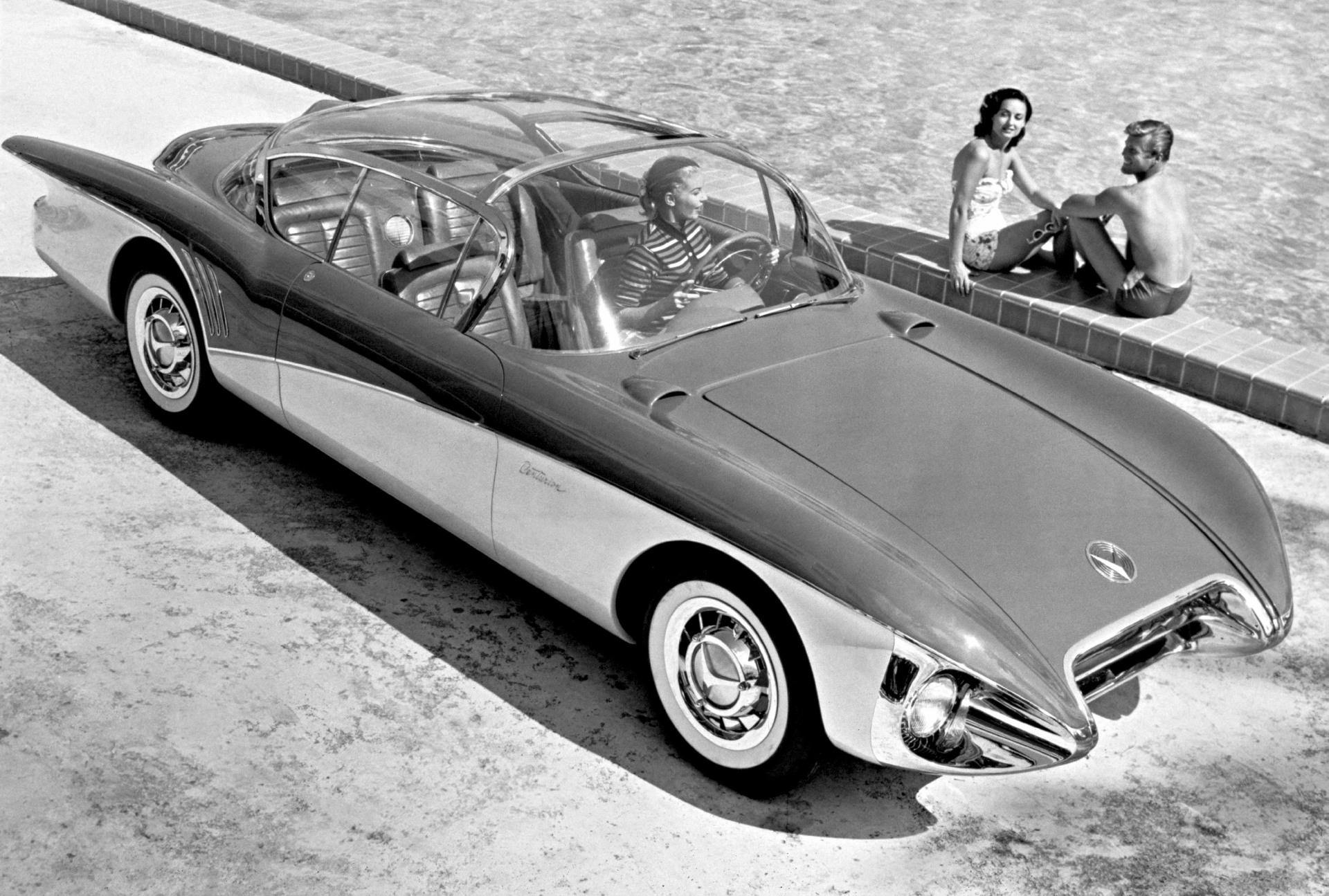
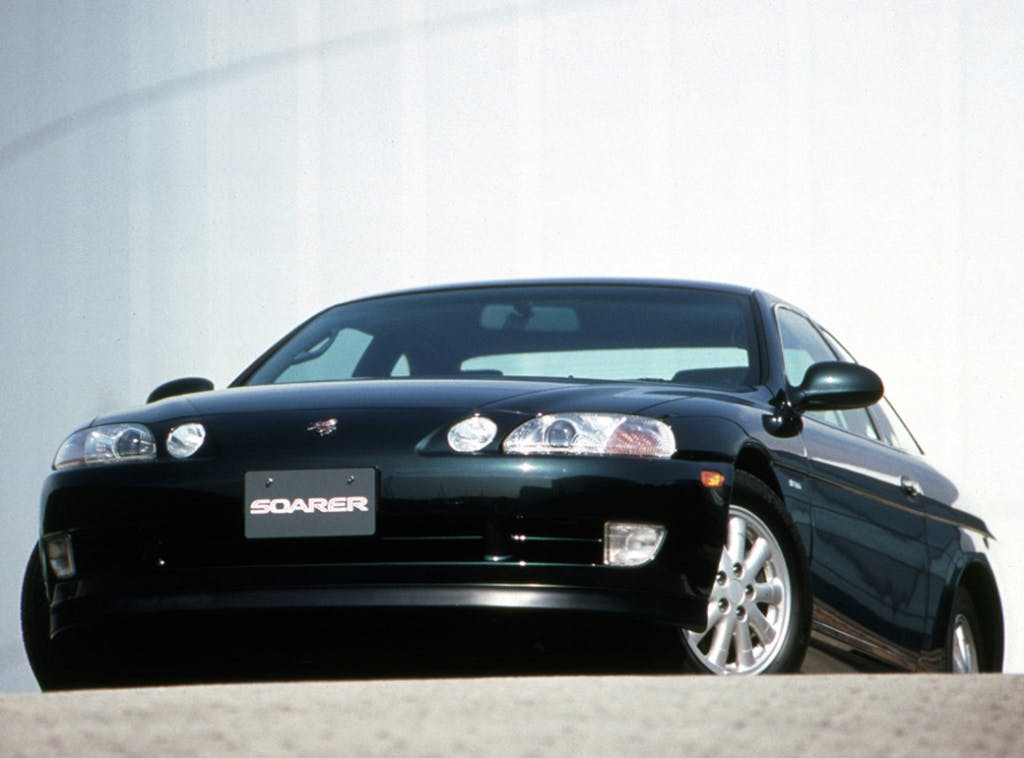
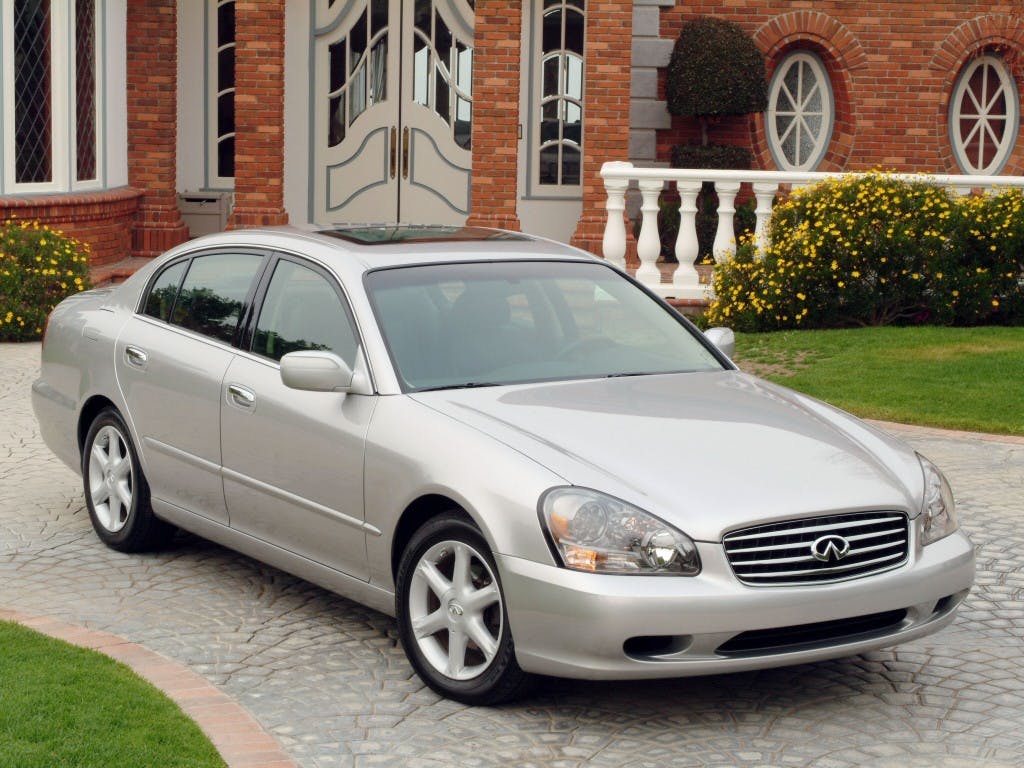


This is just fine for when you are backing up or just thinking of backing up but what about when you are going forward? Why haven’t we seen vehicles that provide a panoramic view screen that obviates the need for the three mirrors that we have relied on since the beginning of automotive time? I’ve seen that you can obtain a camera to place on the rear of a towed camper or trailer. So what’s the holdup? Is it legal, political, technical or just plain old inertia?
My Lexus IS 500 comes with a panorama camera. I would not have optioned it on the car but now that I have it and can perfectly park the car in the garage every time I don’t want to live without it.
The Buick looks part Corvette and part Jetsons-mobile.
A backlight, rearview mirrors, and/or back-up camera are all fine and dandy – if the driver would actually take the time to use one or more of them. Twice in the last 3 years my neighbor has nearly killed me on my morning walk while backing out of his driveway without even bothering to look. And he’s nearly invisible in the truck due to the (mostly likely illegal) tinting of his windows.
On another note, is it just me or are the rear deck and rear quarters of the Centurion a 15 year foreshadowing of the ’71 Riviera? Calling Fletch…
When the technology is new, it’s prominently displayed, like the camera on the concept car. As it becomes more common, it tends to be less so. As another example, when automatic transmissions were first introduced, Hydramatic, Power Glide, Dynaflo, Ultramatic, Fordomatic, etc. were found on car trunk lids.
I remember “EFI” being plastered all over everything in the 1980s.